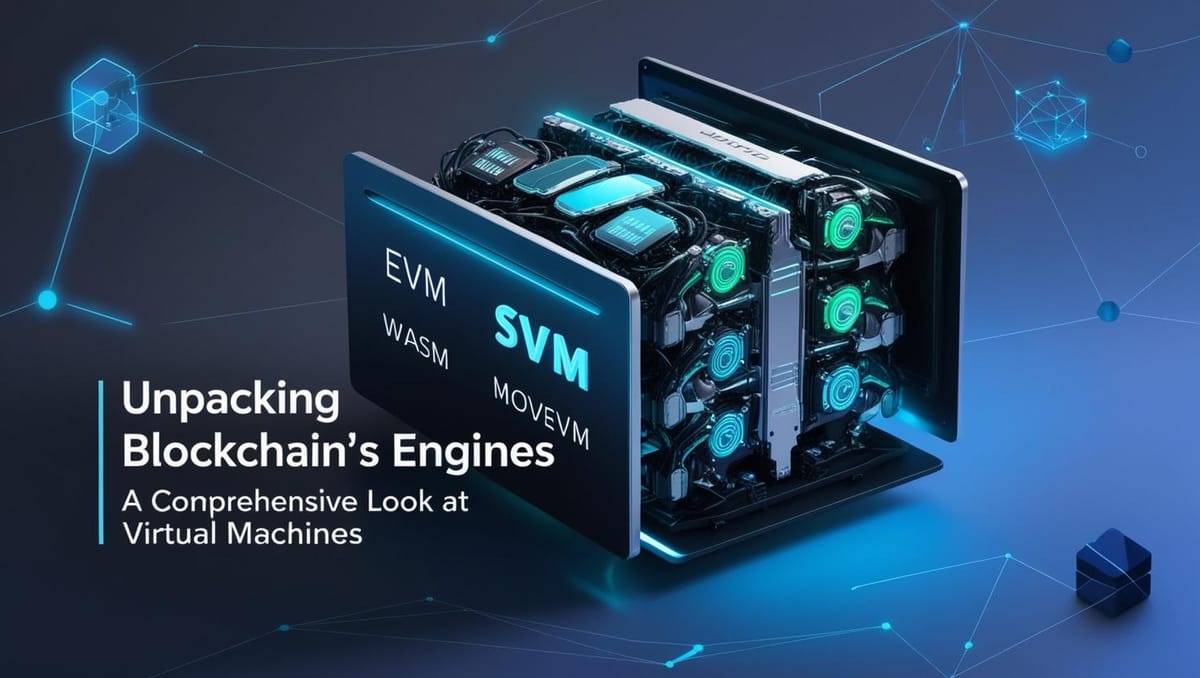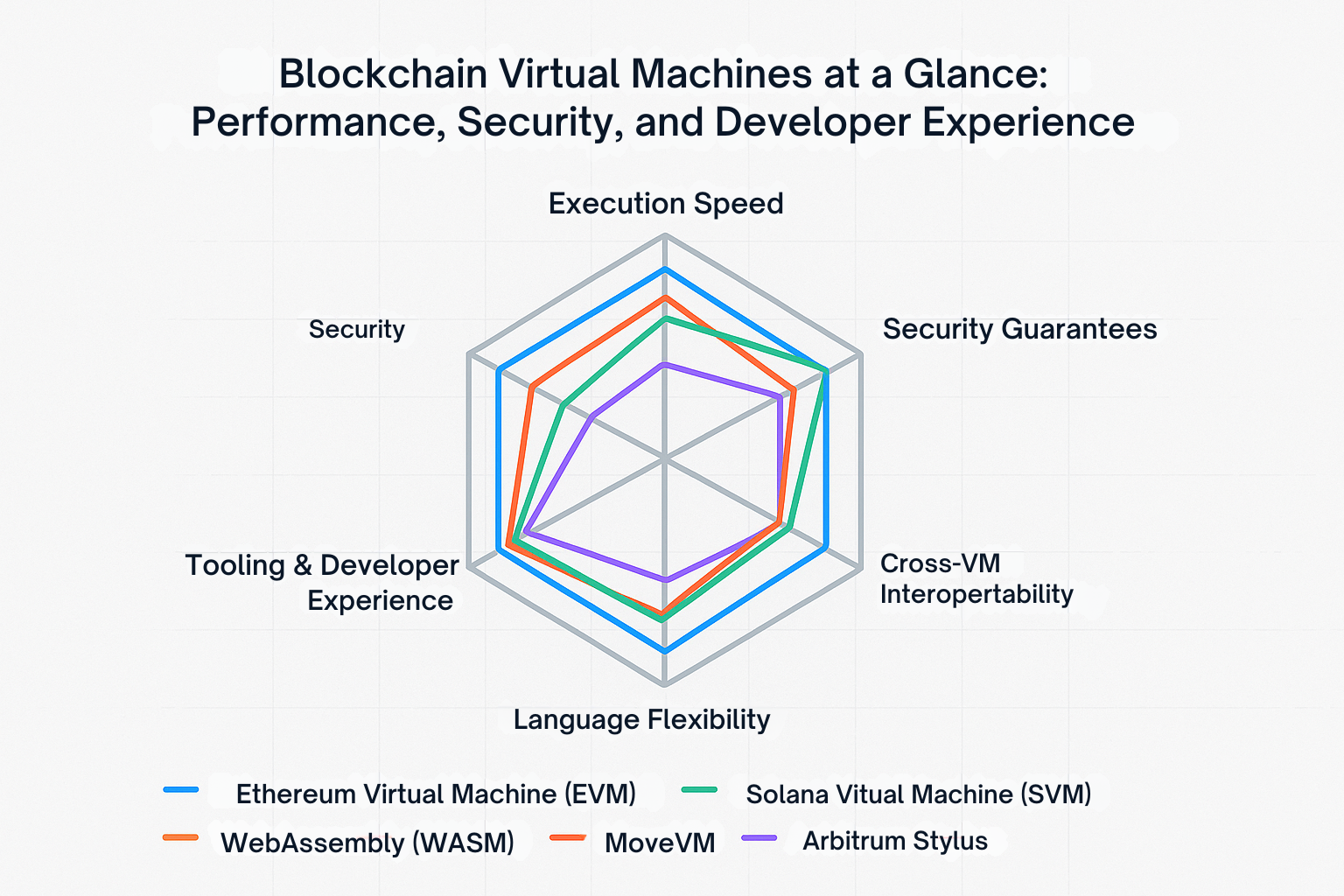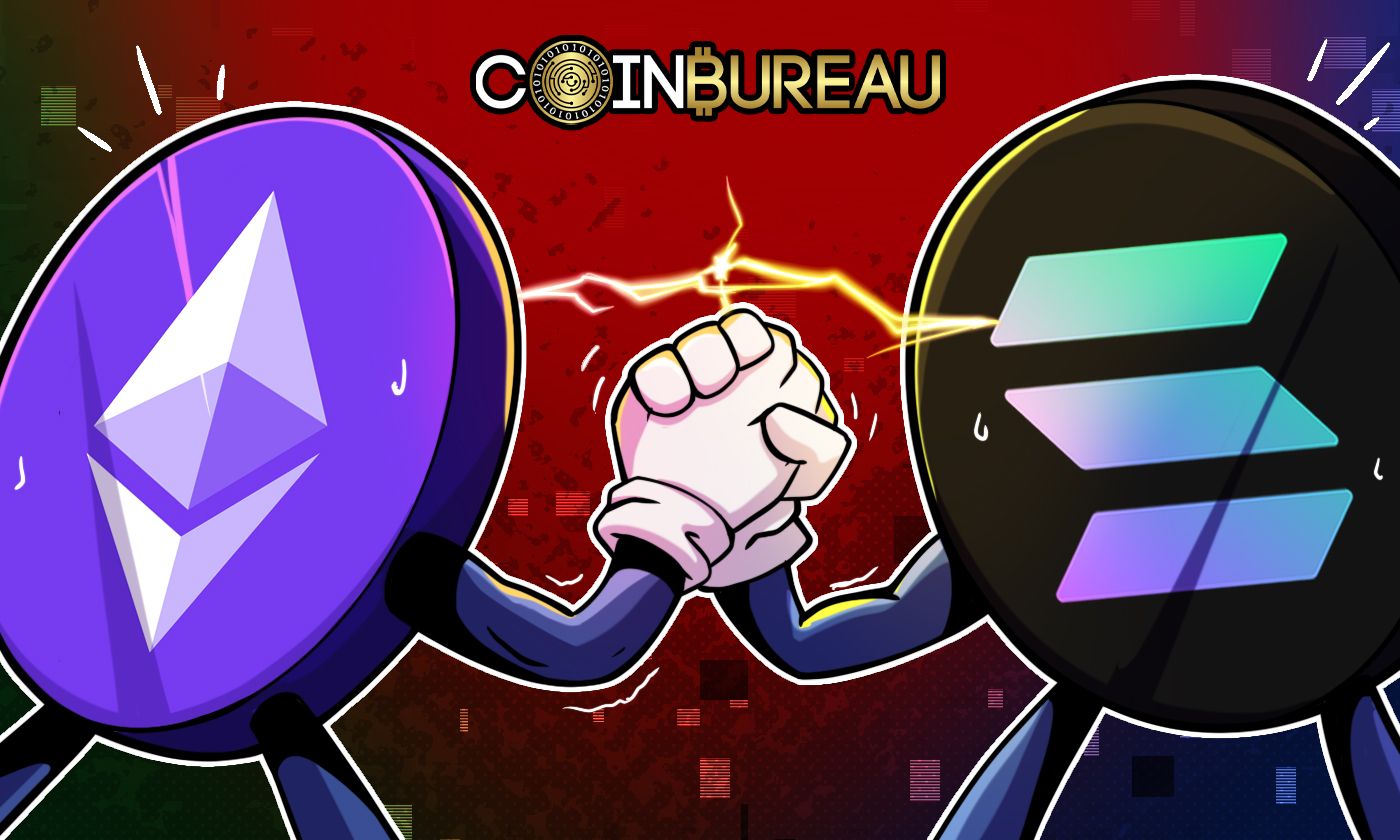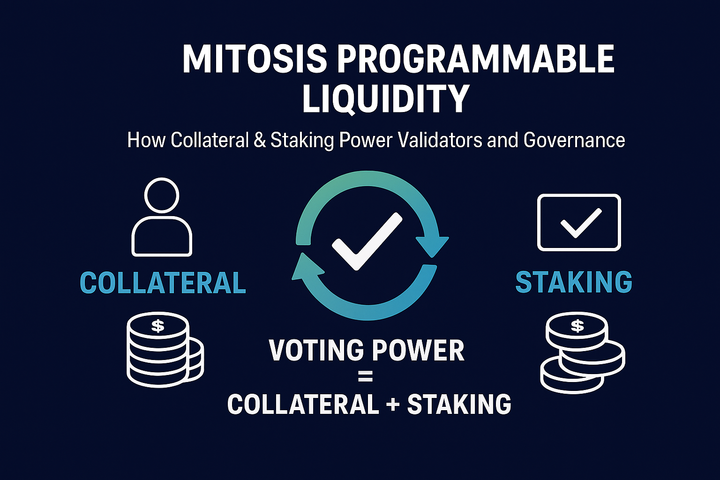Unpacking Blockchain's Engines: A Comprehensive Look at Virtual Machines

Virtual Machines (VMs) are the execution engines of blockchain. They process smart contracts, enforce logic deterministically across nodes, and ultimately determine how developers interact with decentralized systems. Much like how physical engines define the power and performance of vehicles, blockchain VMs define throughput, safety, and programmability for chains.
This article compares the most prominent VMs in the Web3 landscape: Ethereum Virtual Machine (EVM), Solana Virtual Machine (SVM), WebAssembly (WASM), Move Virtual Machine (MoveVM), and Arbitrum Stylus. We’ll explore their architectures, developer experiences, interoperability paths, security trade-offs, and real-world applications.
🧠 What’s a Virtual Machine in Blockchain?
At its core, a blockchain VM is a sandboxed runtime environment that:
- Executes bytecode generated from smart contracts
- Ensures deterministic execution (all nodes reach the same state)
- Abstracts underlying hardware
- Manages computational costs (e.g., via gas or compute units)
Each VM chooses trade-offs: generality vs specialization, developer ease vs performance, or security guarantees vs composability. These choices impact every layer of the dApp experience.
📦 Ethereum Virtual Machine (EVM)
Overview:
The EVM powers Ethereum and is the most widespread VM in Web3. It prioritizes simplicity and deterministic execution.
Core Features:
- Stack-based execution
- Smart contracts written in Solidity or Vyper
- Global state model
- Gas metering to limit resource usage
Developer Experience:
- Tools: Remix, Foundry, Hardhat
- Vast documentation, tutorials, and audits
- Strong community support
Use Cases:
- DeFi protocols (Uniswap, Aave)
- NFT marketplaces (OpenSea)
- DAOs (ENS, Gitcoin)
- L2 rollups and sidechains
Interoperability:
- Near-universal adoption across L2s and alt-L1s
- EVM-compatible chains like Avalanche C-Chain, Polygon, and Base
- Supports bridges (e.g., LayerZero, Axelar)
Limitations:
- Congestion-prone
- Slower than newer VMs
- Storage and memory complexity
⚡ Solana Virtual Machine (SVM)
Overview:
Solana’s SVM emphasizes parallelism and speed. Unlike EVM, it doesn’t serialize all transactions—concurrent execution is possible based on accounts.
Core Features:
- Based on Berkeley Packet Filter (BPF)
- Block finality in ~400ms
- Account-centric parallel execution
Developer Experience:
- Contracts in Rust
- Anchor framework simplifies workflows
- Custom tooling like Solana Playground and Seahorse
Use Cases:
- High-frequency DeFi (Jupiter, Drift)
- On-chain order books
- Games and real-time dApps
- Compressed NFTs
Interoperability:
- Bridges like Wormhole and Hyperlane
- Solang compiler (Solidity → Solana) is under development
Limitations:
- Rust learning curve
- Occasional chain halts
- Some validator centralization concerns
🕸️ WebAssembly (WASM)
Overview:
Originally designed for browsers, WASM brings near-native speed and multi-language support to blockchain environments. Used by Polkadot, NEAR, and Cosmos-based chains.
Core Features:
- Language agnostic (Rust, Go, AssemblyScript, etc.)
- Portable, sandboxed execution
- Compiles to fast bytecode
Developer Experience:
- SDKs on NEAR and Astar
- Rust ecosystem and Web2 cross-compatibility
- More expressive than EVM in some cases
Use Cases:
- Cosmos dApps (via CosmWasm)
- Chain abstraction platforms
- NEAR’s DeFi and NFT platforms
- WASM-specific chains like Astar and Aleph Zero
Interoperability:
- IBC allows WASM chains in Cosmos to communicate
- Aurora on NEAR provides EVM compatibility inside WASM
Limitations:
- Fewer security audit frameworks than EVM
- Debugging is less standardized
- WASM-based interchain UX still improving
🔐 Move Virtual Machine (MoveVM)
Overview:
MoveVM, born out of Meta’s Diem project, powers Aptos and Sui. Its standout feature is resource-oriented programming, a design that tracks digital assets as first-class citizens.
Core Features:
- Ownership and access rules enforced at the language level
- Parallel transaction execution (BlockSTM in Aptos)
- Typed resources prevent duplication and errors
Developer Experience:
- Move is a new language with strict safety guarantees
- Tooling is growing (Move CLI, Aptos CLI, Sui SDK)
- Excellent for financial applications
Use Cases:
- Financial primitives and payment rails
- Complex NFTs with upgradeable metadata
- Composable modules with strict safety
Interoperability:
- Wormhole and LayerZero bridges offer cross-chain messaging
- EVM ↔ Move compilers are under development
Limitations:
- New ecosystem
- Developer resources are less mature
- Limited compatibility with Solidity and EVM tools
🧠 WASM Expands: Enter Arbitrum Stylus
While WebAssembly (WASM) has long been lauded for its cross-platform flexibility and efficiency, Arbitrum Stylus takes WASM execution to the next level in the context of Layer 2 scaling for Ethereum.
Stylus is a WASM-based execution environment introduced by the Arbitrum ecosystem. It enables developers to write smart contracts in Rust, C, and C++, rather than being limited to Solidity or Vyper. This drastically expands the developer pool and leverages decades of tooling and performance optimizations from traditional programming ecosystems.
Key features of Arbitrum Stylus include:
- Parallel Execution: Stylus contracts can run in parallel thanks to WASM's sandboxing, improving throughput.
- Lower Gas Costs: Early benchmarks show Stylus contracts can execute at a fraction of the gas cost compared to traditional Solidity-based contracts on the Arbitrum Virtual Machine (AVM).
- Access to Existing Libraries: Developers can import and compile widely-used C or Rust libraries, significantly speeding up development.
- Ethereum-Compatible: Stylus works alongside the existing EVM environment on Arbitrum Nitro, preserving compatibility while expanding capabilities.
According to Offchain Labs, Stylus opens the door to building machine learning, game logic, and complex DeFi primitives natively on Ethereum L2—without rewriting them from scratch in Solidity.
Stylus represents a significant step toward making smart contract development more accessible and powerful, blending the security guarantees of Ethereum with the performance and flexibility of modern computing languages.
⚙️ Meet the Machines: Comparative Breakdown
| Feature | EVM | SVM | WASM | MoveVM |
|---|---|---|---|---|
| Architecture | Stack-based, 256-bit | Register-based + Sealevel parallel engine | Stack-based, portable bytecode | Register-based, resource-oriented |
| Execution Model | Sequential, Quasi–Turing-complete | Parallel, uses eBPF | Compiled, sandboxed, deterministic | Parallel, static dispatch |
| Memory Management | Stack, memory, persistent key-value storage | Account-based, global state, MVCC | Linear memory model | Global storage tree per module |
| Performance | 15–30 TPS, moderate | 1,000s TPS, low latency | Near-native (varies by use case) | Up to 160K TPS (theoretical), fast finality |
| Security Model | Sandboxed, but reentrancy issues | Parallel reduces some reentrancy risk | Isolated execution, memory safety | Native protection from reentrancy & double spends |
| Language | Solidity, Vyper | Rust | Rust, C++, Go, etc. | Move |
| Ecosystem | Mature, deep tooling | Fast-growing, Rust-centric | Broad (multi-language), portable | Young but advancing (Aptos, Sui) |
| Governance | EIPs & community | Token-based & validator input | Platform-specific | Platform-specific (e.g., Sui, Aptos) |
🔁 VM Interoperability: Toward a Modular Future
Modern blockchain infrastructure is moving toward cross-VM composability:
- EVM ↔ WASM: Aurora runs EVM in WASM; Astar supports both WASM and Solidity
- EVM ↔ Move: Bridges like Pontem, Ethos, and LayerZero working to connect Move-based assets
- SVM ↔ EVM: Wormhole, deBridge, and Hyperlane are building universal messaging layers
These bridges and abstractions are paving the way for a modular multichain future.

🔎 VM Trade-offs in Summary
| VM | Performance | Language | Interoperability | Ecosystem Maturity | Unique Trait |
|---|---|---|---|---|---|
| EVM | Moderate | Solidity | High (many L2s) | Most mature | Largest dApp ecosystem |
| SVM | High | Rust | Moderate | Growing rapidly | Parallel execution via accounts |
| WASM | High | Multi-language | Moderate (via IBC) | Expanding | Language flexibility |
| MoveVM | High | Move | Low (early-stage) | Emerging | Asset-oriented programming |
🧠 Final Thoughts: VMs Are Web3's Execution Backbone
Every blockchain needs an engine, and the choice of VM shapes everything—from performance and developer experience to security and cross-chain potential. The EVM’s dominance is being challenged by VMs that offer more speed, safety, and language options. WASM brings flexibility, SVM pushes performance boundaries, and MoveVM pioneers financial security at the language level.
As Web3 matures, we’ll likely see composability across VMs, chain abstraction, and AI-augmented smart contracts running on multiple virtual engines. The future isn’t monolithic—it’s modular, interconnected, and VM-diverse.
📘 Sources:

EthereumDevResource/evm-memory-storage.md




Comments ()